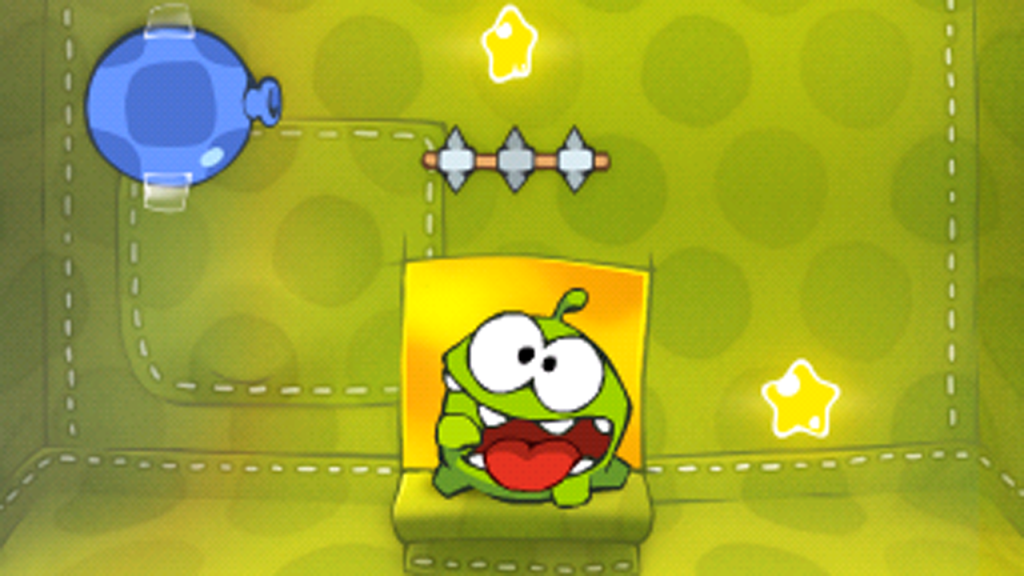
I was wondering the other day why I have completed every level of Angry Birds and Cut The Rope on my iPhone but only made small inroads into Lost Winds and Grand Theft Auto: Chinatown Wars. By almost every measure, I would rate the latter two as better and more complete experiences, and yet I haven’t even broken the halfway mark on either.
In my opinion, this divide highlights the challenges of bringing bigger and better titles to the mobile platform. When playing on a phone, we calculate the decision to start, keep, and stop playing differently. There’s more to it than adapting controls and the user interface. As important as the technical achievement of putting GTA on a phone is, it is just as important to bring over an experience that people will want to continue to play.
Good iOS levels are structured in a fundamentally different way than the more traditional triple-A ones. They are short but present a carefully structured challenge. Often, a perfectly completed session in something like Cut The Rope or Run Roo Run will only last around five seconds, but you never complete it perfectly the first time. Game length is based around the number of attempts rather than level duration, in sharp contrast to a triple-A game. The frustration of constant failure is combated by the rapidity of retrying and the player is given milestones on their progress to being able to complete their goal. Stars in Cut The Rope are the perfect example. You may be restarting from the beginning every time, but each star represents a waypoint in your mastery of it.
The brevity of time between retries is an important contributing factor in the decision to keep playing one of these handheld titles. In something like Halo, that decision might come around at the end of every level, and after a long time of having not made this decision, the player is far more likely to stop playing. Whereas in Angry Birds, the player makes that decision every three or four birds that they throw, making it much easier to decide to keep playing for longer.
Another facet of the short, hard level design of popular iOS games is that it keeps the player constantly engaged. The pace never lets up, and the gameplay is consistently simple yet addictive. As amazing as it was, I found that Lost Winds had long sections of backtracking and uneventful travel sections due to its open-world nature. This led to a lot of boring downtime. I see this as one of the key reasons I have made so little progress with it, and I find myself not opening the app again because I know I would be resuming in an uninteresting place.
Something the best iOS games are very successful at is having something to keep the player coming back. Being stuck in a title like Angry Birds is inherently part of the design and actually makes a player want to play more.
To conclude, I want to look at Infinity Blade as, in my eyes, the first truly successful attempt at bringing a triple-A experience to iOS. It was designed from the ground up for a mobile experience, and it really shows. Not only does it marry the graphics, environments, leveling, and reward systems of a triple-A game with mechanics and UI built for iOS, it incorporates level design that overcomes all the challenges I have mentioned. Each encounter is short (and challenging), which means the player is making the decision to keep playing often and keeps a constant state of engagement. The never-ending nature of the narrative and the lofty targets that the unlock system provides kept me playing longer than any other handheld game. Infinity Blade truly is the example to follow for bringing triple-A experiences to iOS.
VentureBeat's mission is to be a digital town square for technical decision-makers to gain knowledge about transformative enterprise technology and transact. Learn More
